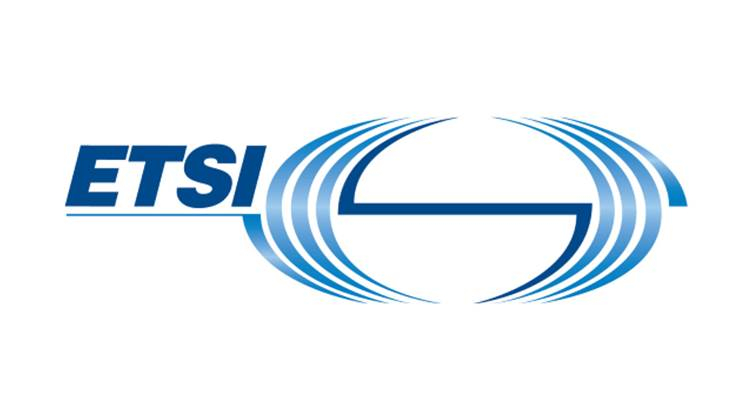ETSI on Tuesday announced the creation of a new Industry Specification Group addressing Non-IP Networking (ISG NIN).
With the increasing challenges placed on modern networks to support new use cases and greater connectivity, Service Providers are looking for candidate technologies that may serve their needs better than the TCP/IP-based networking used in current systems, said ETSI.
ISG NIN intends to develop standards that define technologies to make more efficient use of capacity, have security by design, and provide lower latency for live media.
In 2015, several mobile operators identified problems with the TCP/IP-based technology used in 4G. These included the complex and inefficient use of spectrum resulting from adding mobility, security, quality-of-service, and other features to a protocol that was never designed for them. The subsequent fixes and workarounds designed to overcome these problems themselves incur increased cost, latency, and greater power-consumption. TCP/IP was therefore deemed as non-optimal for the more advanced 5G services.
An ETSI Industry Specification Group on Next Generation Protocols (ISG NGP), created in 2015, had the mission to analyse these problems and suggest alternative solutions. ISG NGP identified candidate technologies that would address the issues directly, dramatically reducing header sizes, per-packet processing, and latency experienced by live media, while remaining compatible with the current Internet and with newer technologies such as SDN and MPLS. ISG NGP also published a set of Key Performance Indicators that allow an objective assessment of the ability of networking protocols to meet operators’ needs.
It is expected that the work of ISG NIN will be applicable initially to private mobile networks such as factory automation, and then expanded to public systems, both in the Core network and eventually end to end including the Radio elements.
The group’s first output will be a Report detailing the shortcomings of TCP/IP, and how the new alternative system would overcome those shortcomings. ISG NIN will also work on specifying how the technologies initially identified by ISG NGP will form the basis of the new protocols, as well as creating a framework for testing the efficiency and effectiveness of the new protocols, including over radio.
John Grant, Chair of ISG NIN
Big data and mission-critical systems such as industrial control, intelligent vehicles. and remote medicine cannot be addressed the best way with current TCP/IP-based networking.
Kevin Smith, VP Chair, ISG NIN
Reassessing the fundamental design principles of network protocols offers the opportunity to deliver performance, security and efficiency gains for 2020 access networks and use cases, and may be achieved with simplification rather than expensive add-ons.


















